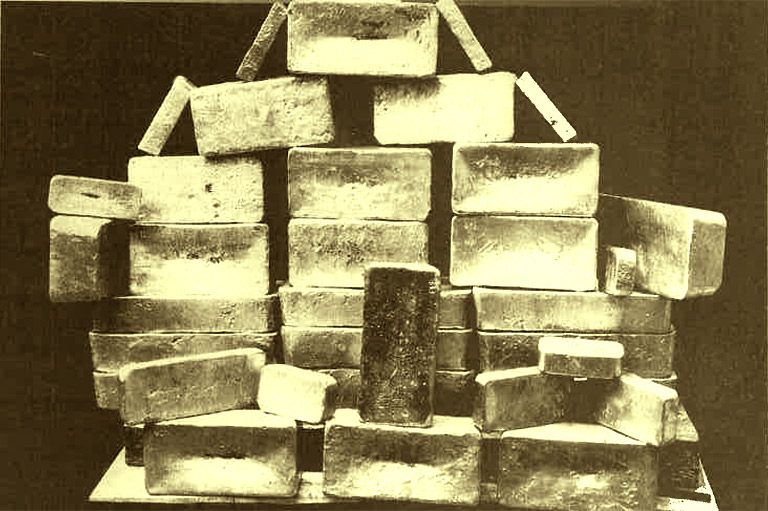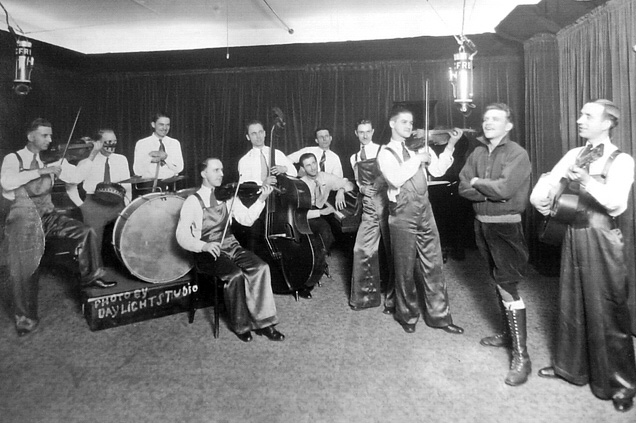From Beavers to Bears: The History of Canadian Currency
You may have heard the old expression, “If I had a dollar for every time…I’d be rich!” Well, what would you be if you had a Diefendollar? The answer: a Canadian.
While Diefendollars weren’t worth the paper they were printed on, beavers and playing cards were valuable. The following are examples of real ways Canadians cashed in on goods and services.
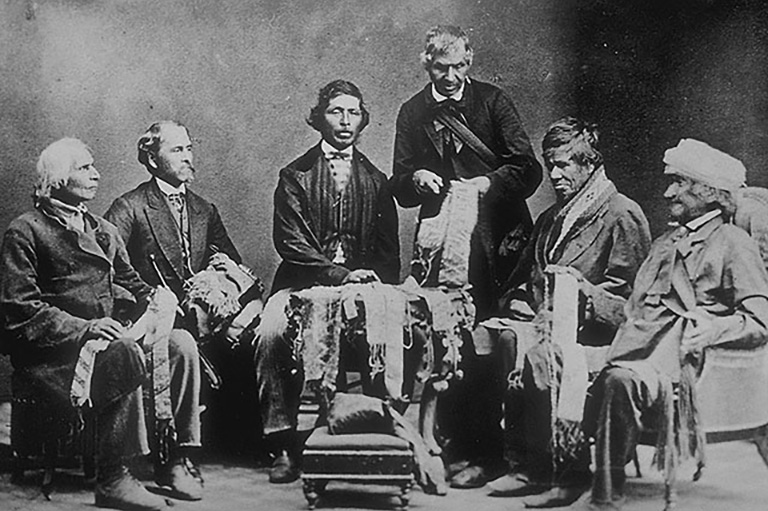
Mid-1600s
Indigenous peoples in eastern North America used wampum — belts made from white and purple shells — as currency. Wampum became legal tender in colonial New England and was valued at eight white beads or four purple beads to a penny.
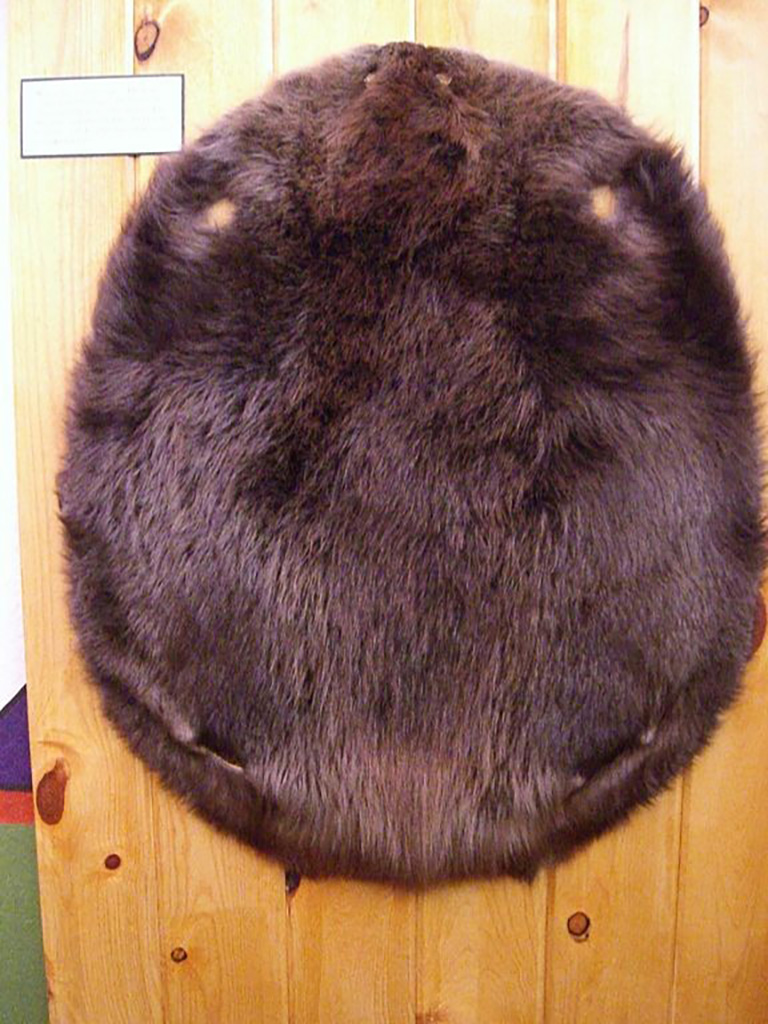
Early 1600s
In 1608, Samuel de Champlain’s first colonial settlement at Quebec accepted beaver pelts as currency, along with wheat and moose skins. As the colony expanded and its economics became more complex, coins were introduced.
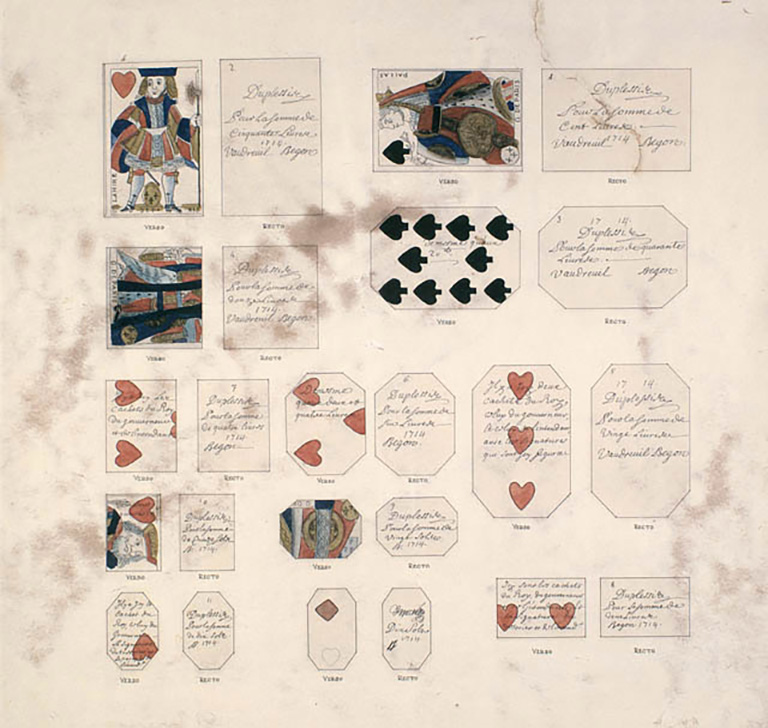
1685
The first issue of card money was printed on playing cards and accepted by merchants and the general public. The card money was almost immediately counterfeited and in 1722, copper coins were introduced.

Early 1800s
Canadian banks imported the American half-dollar and it was widely used in Upper and Lower Canada.
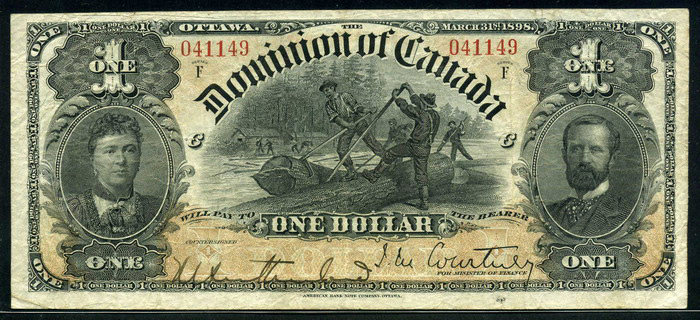
Late 1800s
Prince Edward Island, New Brunswick, Nova Scotia and the Colony of British Columbia experimented with paper money.
With almost no limit on the circulation of paper money and the government’s temptation to fund operations, especially during wartimes, the high number of paper money relative to the demand led to inflation.
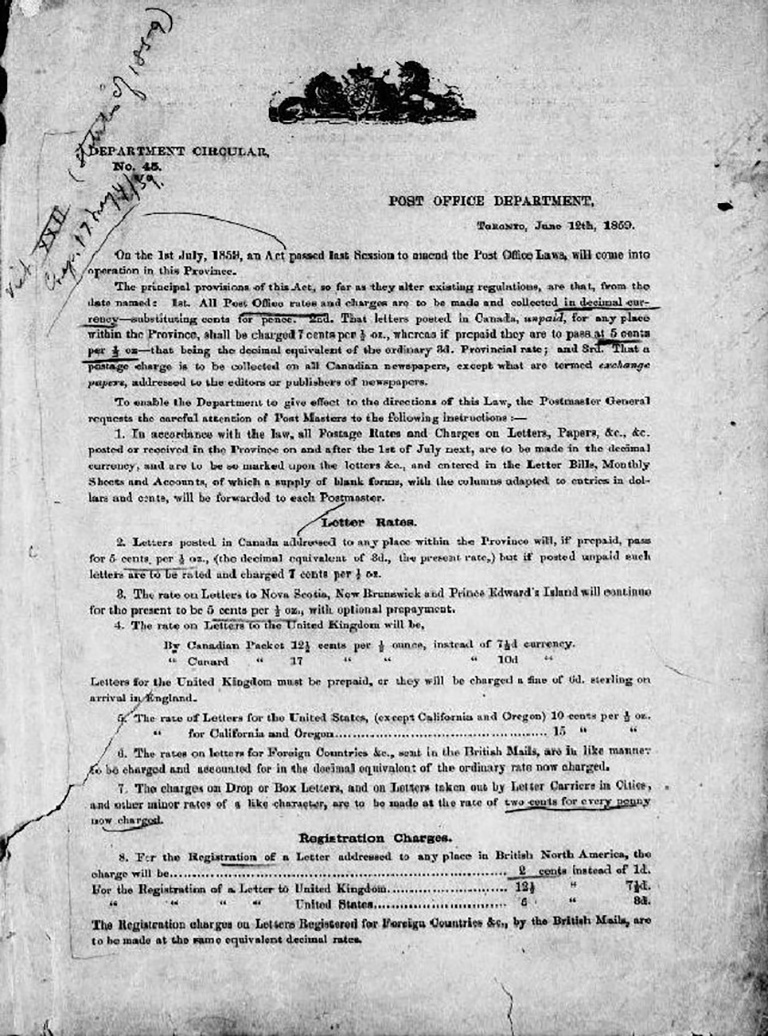
1851
In June 1851, representatives from the Province of Canada, New Brunswick and Nova Scotia met in Toronto to work towards the establishment of a decimal currency.
A few months later, the Canadian legislature passed an act requiring that provincial accounts be kept in dollars and cents but the British government delayed confirmation because it was reluctant for Canada to adopt the dollar.
The Currency Act was finally passed in 1853 and proclaimed on 1 August 1854. Under this act, pounds, shillings, and pence, as well as dollars and cents, could be used in provincial accounts and were recognized as units of Canadian currency.

1939-1940
Canadians supported the war by buying war savings stamps at the post office and at banks. The stamps were put into booklets and sent to the government for redemption in war savings certificates, which were cashed in after the war.

1962
The value of the Canadian dollar dropped to 92.5 because of Prime Minister John Diefenbaker’s policies, which sparked a satirical 92.5-cent dollar bill, coined the Diefendollar or Diefenbuck.
The bill had no monetary value but thousands were printed and politicians hoping to defeat the government passed them around the country.
1987
The $1 gold-coloured coin is introduced as a cheaper alternative to one-dollar bank notes. The 11-sided coin is quickly nicknamed “loonie” for the waterfowl depicted on one side. The design wasn’t initially supposed to have a loon, though—it was supposed to sport a voyageur in a canoe like the previous coin.
The original engraving device for that design was lost while delivering it from Ottawa to the Winnipeg Mint in 1986. The federal government came up with a different design—the loon—for fear that someone had the engraving device and would counterfeit the voyageur coins.

1996
The toonie replaces the two-dollar bank note. The government tried introducing the nickname “beary” because the reverse showed a polar bear.
Other early nicknames included bearly, deuce, doozie, doubloon, bear back, bear buck, moonie. In the end, “toonie” won.
2012
The Government of Canada announces it will be phasing out the penny because of its high production cost and adopting a rounding guideline for cash transactions.
On February 4, 2013, the Royal Canadian Mint stopped distributing the one-cent coin, saving taxpayers about $11 million per year.
We hope you’ll help us continue to share fascinating stories about Canada’s past by making a donation to Canada’s History today.
We highlight our nation’s diverse past by telling stories that illuminate the people, places, and events that unite us as Canadians, and by making those stories accessible to everyone through our free online content.
Canada’s History is a registered charity that depends on contributions from readers like you to share inspiring and informative stories with students and citizens of all ages — award-winning stories written by Canada’s top historians, authors, journalists, and history enthusiasts.
Any amount helps, or better yet, start a monthly donation today. Your support makes all the difference. Thank you!
Themes associated with this article
Advertisement
You might also like...

Canada’s History Archive, featuring The Beaver, is now available for your browsing and searching pleasure!

Beautiful woven all-silk necktie — burgundy with small silver beaver images throughout. Made exclusively for Canada's History.





